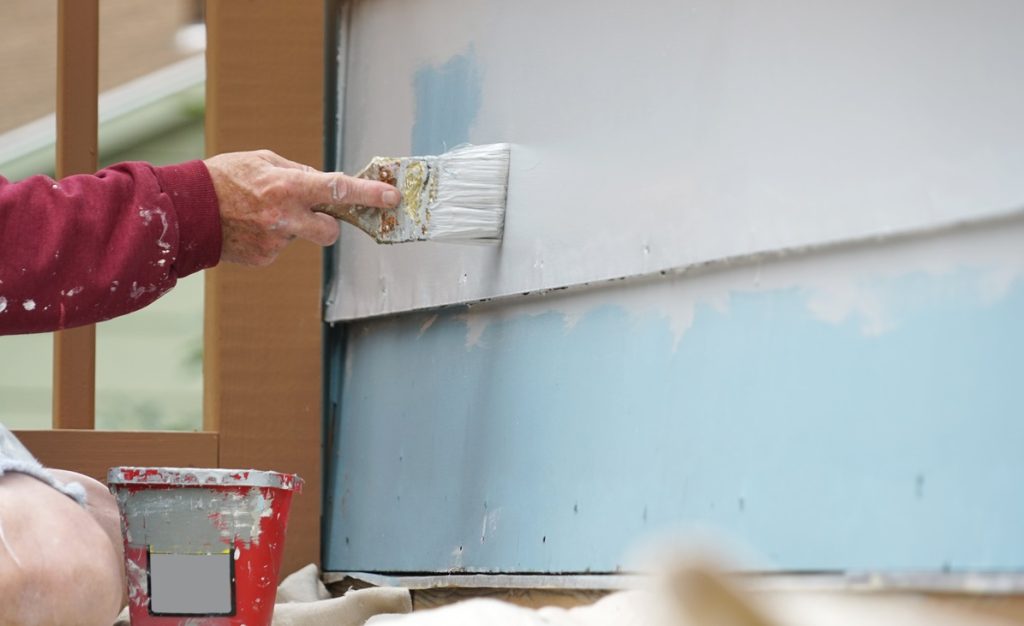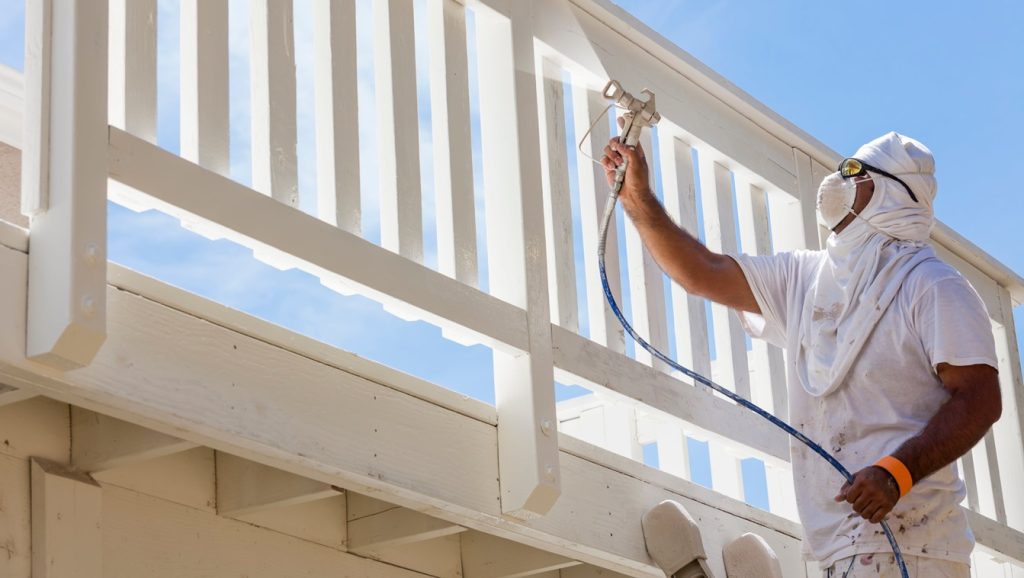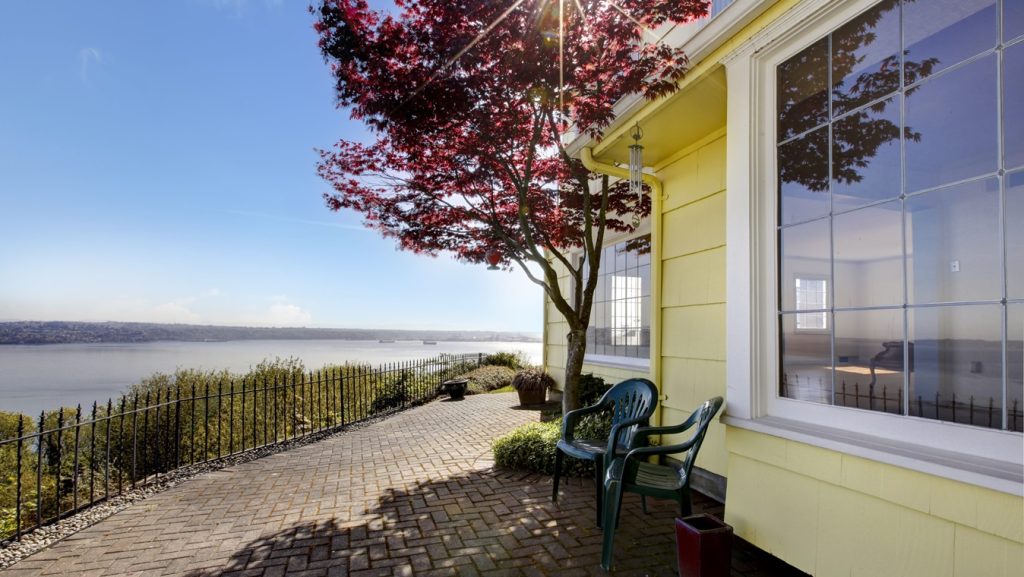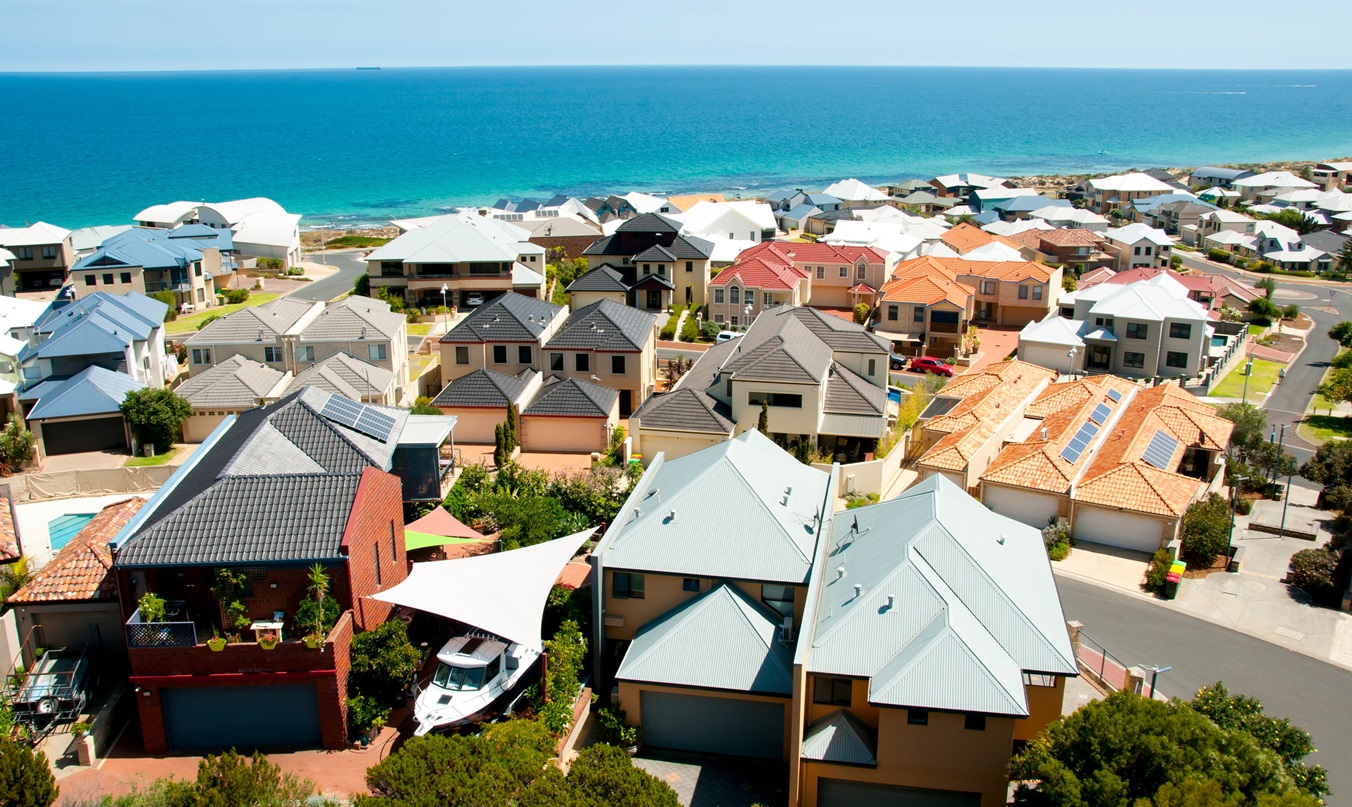Living near the coast comes with endless perks — fresh sea breezes, stunning views, and a relaxed lifestyle that feels worlds away from the hustle of the city. But if you own a coastal home, you’ll know that the salty air, high humidity, and strong winds can wreak havoc on your home exterior surfaces. That’s why choosing the right paint and preparation techniques is crucial for protecting your home from the elements while keeping it looking beautiful year after year.
In this guide, we’ll explore practical, expert-backed tips for painting coastal homes — from surface preparation to paint selection and maintenance — so you can preserve both the beauty and durability of your beachside property.
Understanding Coastal Conditions
Before painting, understand why coastal conditions are as hostile to painted surfaces. The presence of salt-laden air, exposure to UV, wind-driven rain, and fluctuating humidity equals the perfect combination for corrosion and paint breakdown.
Metal surfaces are especially vulnerable, since salt accelerates rust. Timber, on the other hand, absorbs moisture, leading to warping and peeling paint. Even masonry isn’t immune — salt can cause efflorescence, a white powdery residue that pushes paint off the surface.
Recognising these challenges helps you plan better and choose materials that will withstand the environment, not just look good on day one.
Start with Thorough Surface Preparation
Many homeowners get caught up in the trap of applying fresh paint without preparation. On the beach, this is totally not an option. Salt remains on walls, siding, and decks even after a quick wash, bubbling and peeling if not thoroughly rinsed off.
Begin by rinsing all surfaces with a mild detergent and fresh water to remove salt deposits. For heavily weathered areas, use a pressure washer on a gentle setting or a soft brush and sugar soap solution. Once cleaned, allow the surface to dry completely before sanding away any flaking or chalky paint.
If your home has previously been painted with an oil-based product, check for signs of cracking or brittleness. Sanding the surface lightly helps create a smooth base for new coatings to adhere properly. Don’t forget to replace or repair any damaged timber boards or rusted fixtures before priming — skipping this step will only shorten your paint job’s lifespan.
Choose the Right Primer

In coastal environments, a quality primer can be the difference between a fifteen-year and a five-year finish. Primers act as a protective film, sealing off porous surfaces and providing increased adhesion.
For exterior wood use, apply an oil or alkyd primer that will be resistant to water intrusion. If you’re working with metal, choose a rust-inhibiting primer that prevents corrosion. Masonry or brick surfaces, on the other hand, benefit from acrylic primers that allow moisture vapour to escape, reducing the risk of peeling.
A pro tip: apply two coats of primer in heavily exposed areas, such as fascia boards and window frames, to strengthen resistance against salt spray.
Selecting the Best Paint for Coastal Homes
Investing in premium, weather-resistant paint can save you thousands in the long run. Look for products formulated for exterior use with anti-fungal, UV-resistant, and salt-tolerant properties.
Acrylic paints are often the top choice because they extend and contract with temperature changes, reducing cracking and blistering. They’re also water-based, meaning that they’re easier to clean and less environmentally harmful.
If you prefer something old-fashioned in looks, oil-based paints offer a beautiful finish with excellent durability, but can develop cracks over time under moist conditions. Modern hybrid paints — combining acrylic and alkyd resins — offer the best of both worlds, with flexibility, gloss retention, and superior weather resistance.
Don’t Forget Colour Choice
While paint quality determines durability, colour choice can influence how well your home handles heat and sun exposure. Lighter shades reflect sunlight, helping to keep the surface temperature lower and reducing paint stress. This is particularly useful for areas with intense UV rays.
Neutral tones like off-white, soft grey, and sandy beige blend seamlessly with the coastal landscape and resist fading better than darker colours. However, if you prefer bold hues, consider using them as accents — for example, on doors or shutters — to minimise maintenance.
You can also use colour strategically to highlight your home’s architectural features, giving it both protection and personality.
Pay Attention to Application Techniques

For coastal homes, always paint during mild, dry conditions — ideally between 10°C and 30°C — and avoid days with high humidity or strong winds. Salt and moisture in the air can affect drying times and adhesion.
Use high-quality brushes or rollers suited to the surface texture, and apply two to three thin coats instead of one thick layer. Allow sufficient drying time between coats as instructed by the manufacturer.
If you’re painting weatherboards or timber cladding, brush along the grain to ensure even coverage and better penetration. For metal, apply smooth, overlapping strokes to avoid lap marks.
Professional painters often use airless sprayers for large exteriors, which provide a consistent finish and save time — but they still back-roll the surface afterwards to improve bonding.
Protect and Maintain Metal Fixtures
Salt corrosion is a constant battle near the ocean, especially for metal elements like railings, gutters, and window frames. These should be cleaned regularly with fresh water and coated with a rust-inhibiting primer followed by two coats of enamel or epoxy paint.
Stainless steel hardware, while more resistant, can still develop surface rust in coastal conditions. Wiping it down with warm, soapy water and applying a protective polish every few months keeps it looking new.
If you notice rust patches developing, sand them down immediately before painting to prevent the damage from worsening.
Maintain Your Coastal Paintwork
Regular upkeep is the key to extending the life of your paint. Even superior coatings need routine upkeep in salt areas. Every six to twelve months, rinse your home’s exterior with fresh water to remove accumulated salt and debris.
Inspect high-exposure areas — such as eaves, decks, and fences — for early signs of wear like chalking, cracking, or blistering. Addressing minor problems early prevents expensive full-scale repaints down the line.
For homes directly on the beachfront, consider scheduling professional touch-ups or recoats every five to seven years. Keeping a consistent maintenance routine ensures your home always looks its best and remains well-protected.
Trusting the Experts

While most owners adore home-made paint jobs, beach houses can do with professional help. Seasoned painters understand what to do with challenging weather conditions like salt deposit buildup, humidity, and temperature fluctuation. They also know which products and techniques will provide the longest-lasting protection for your specific location.
That’s why working with expert residential painters is a smart investment. They bring years of experience and use specialised coatings tailored to the demands of marine environments — ensuring that your paintwork remains flawless even after years of sea spray and sunshine.
Sustainable and Eco-Friendly Paint Choices
A second trend surfacing with coastal house painting is being green. Environmentally friendly homeowners are also choosing low-VOC or zero-VOC paints that have lower toxic fumes yet still provide good durability.
These eco-friendly paints protect the planet and also perform exceptionally well in humid conditions. Brands like Haymes and Dulux have made significant advancements in creating sustainable coatings without compromising quality or longevity.
Pairing these paints with responsible waste disposal — such as recycling empty tins and properly managing cleanup water — helps reduce your environmental footprint while maintaining your home’s charm.
Final Thoughts
Painting a coastal home is both an art and a science. It’s achieving the balance between appearance and longevity, protection and character. By taking time to prepare, choosing the right products, and maintaining your paintwork in good condition, you can enjoy a beautiful, durable finish that weathers well against the tough coastal conditions.
Whether you’re rebuilding a beach bungalow or maintaining a modern coastal getaway in pristine condition, the right technique not only maintains your home’s appearance but also its value and lifespan. So next time you get out that paintbrush, keep in mind — every stroke contributes to keeping your patch of heaven by the sea.

